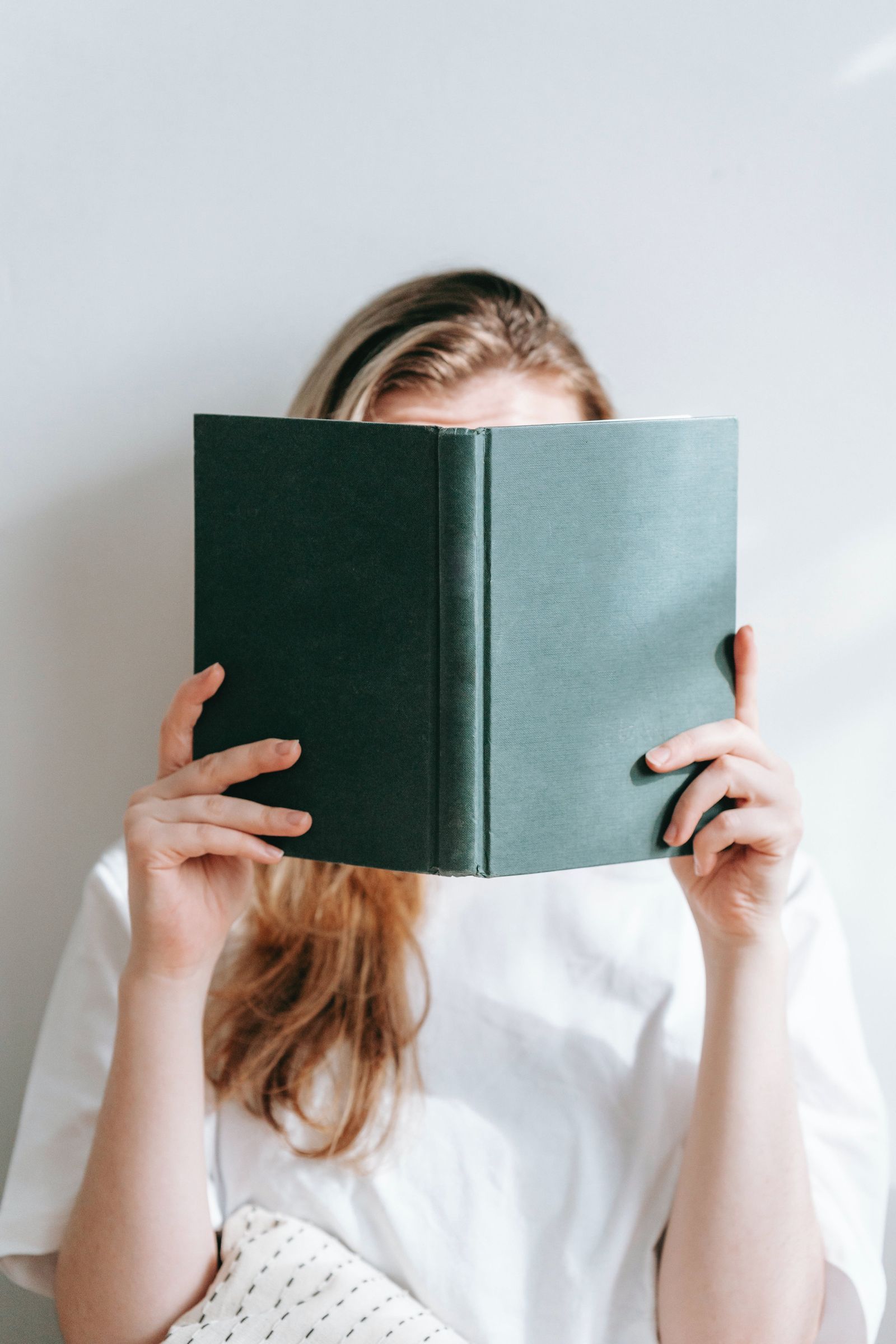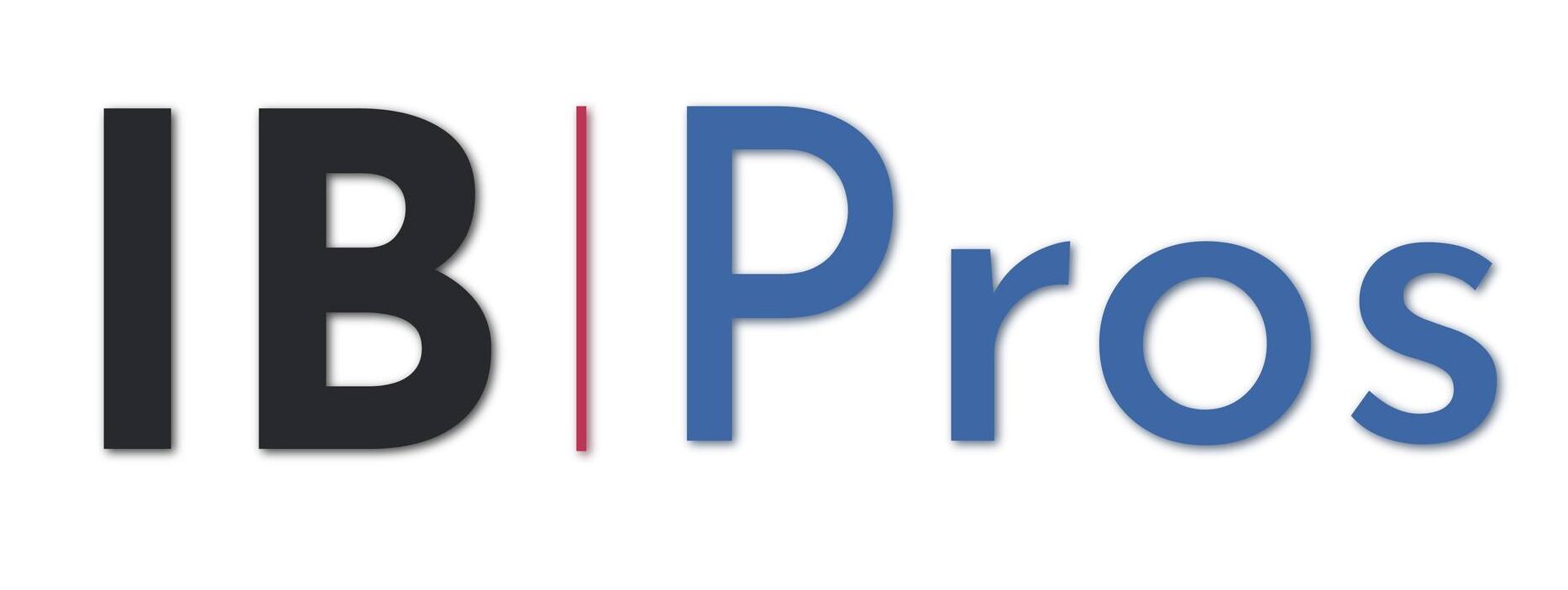
IB Visual Arts Tutoring
About IB Visual Arts Tutoring
IB Visual arts is a multidimensional subject that demands a sophisticated understanding of art history, composition, and creativity. At IB Pros, we offer personalized tutoring and support to help you excel in your IB visual arts course. Our experienced tutors can guide you through complex art theories, techniques, and mediums, and help you develop effective study habits and skills to maximize your artistic potential. With our help, you can expand your artistic horizons, hone your skills, and feel confident in your ability to succeed in your IB visual arts course.

Satisfaction Guaranteed 100%
Trust our commitment to your success. If you’re not satisfied with your tutor match, we guarantee a full refund.

Available Anytime, Anywhere
Pick from over 200 trusted IB experts, teachers, and examiners, personalized to fit your budget and academic needs.

No obligations, No hidden charges.
Take lessons as needed with no monthly fees or minimum purchase requirements, and pause whenever you like.

Adaptable and Safe Learning
Gain top-tier education anytime, customized to fit your schedule, with the security of a recorded online platform for easy review


Professional Exam Readiness
Exams -though often disliked- are integral to the IB curriculum.
Our tutors will collaborate with you, offering guidance on your assignments and texts, or they can furnish you with sample materials for practice.
- Access to past papers for thorough exam preparation
- Effective strategies for managing exam stress
- Valuable tips for identifying 'easy' marks in your final exams
- Guidance to alleviate anxieties and foster confidence

Speacial Support
IB Visual Arts IA Support
Understanding that the Visual Arts Internal Assessment can pose challenges, you may be wondering where to start. Our dedicated tutors specialize in guiding you through this process, assisting you in finding and refining your Visual Arts IA topic. With expert tips and tricks, we’re here to ensure you earn those vital points. Don’t hesitate any longer—get started now!
Topics Assistance
IB Visual Arts Topics Assistance
Elevate your confidence and academic performance in IB Visual Arts with the support of our dedicated and professional tutors. Receive comprehensive exam preparation tailored to your needs, whether you’re focusing on SL or HL topics. Let our tutors equip you with the knowledge and skills necessary to achieve the grades you deserve!
- Theoretical Practice (Developing Your Comparative Study and Process Portfolio).
- Art-Making Practice (Developing Your Process Portfolio and Exhibition).
- Curatorial Practice (Developing Your Exhibition).


Was assisted very efficiently and clear communication is one the attributes of the tutor !! Can’t be more thankful
Imran K.

I recently came across IB Pros while searching for a tutor for my son, who had recently switched to IB. I was impressed at how quickly I was contacted by the IB Pros team and was connected to various tutors who had met my requirements. The tutor that we selected has been nothing but very professional and my son thoroughly enjoys the sessions. I'm looking forward to an improvement in his performance.
Francis G.

My experience with IB Pros was great, I had so many questions and things I was confused about such as the IA and EE, the session gave me so much motivation and strength, Ms Julia was great and provided me with so many information regarding the IA, and gave me lots of different options regarding my EE research question!!
Rana J.

Trusted Experts in IB Success
At IB Pros, your academic success is our priority. Our expert tutors, all certified IB professionals, provide personalized support to help you navigate the challenges of the International Baccalaureate (IB) program. With a proven track record of helping students achieve top scores, we offer flexible tutoring options to fit your schedule. Start with a risk-free trial lesson and experience the difference trusted, experienced tutors can make in your journey to success.
